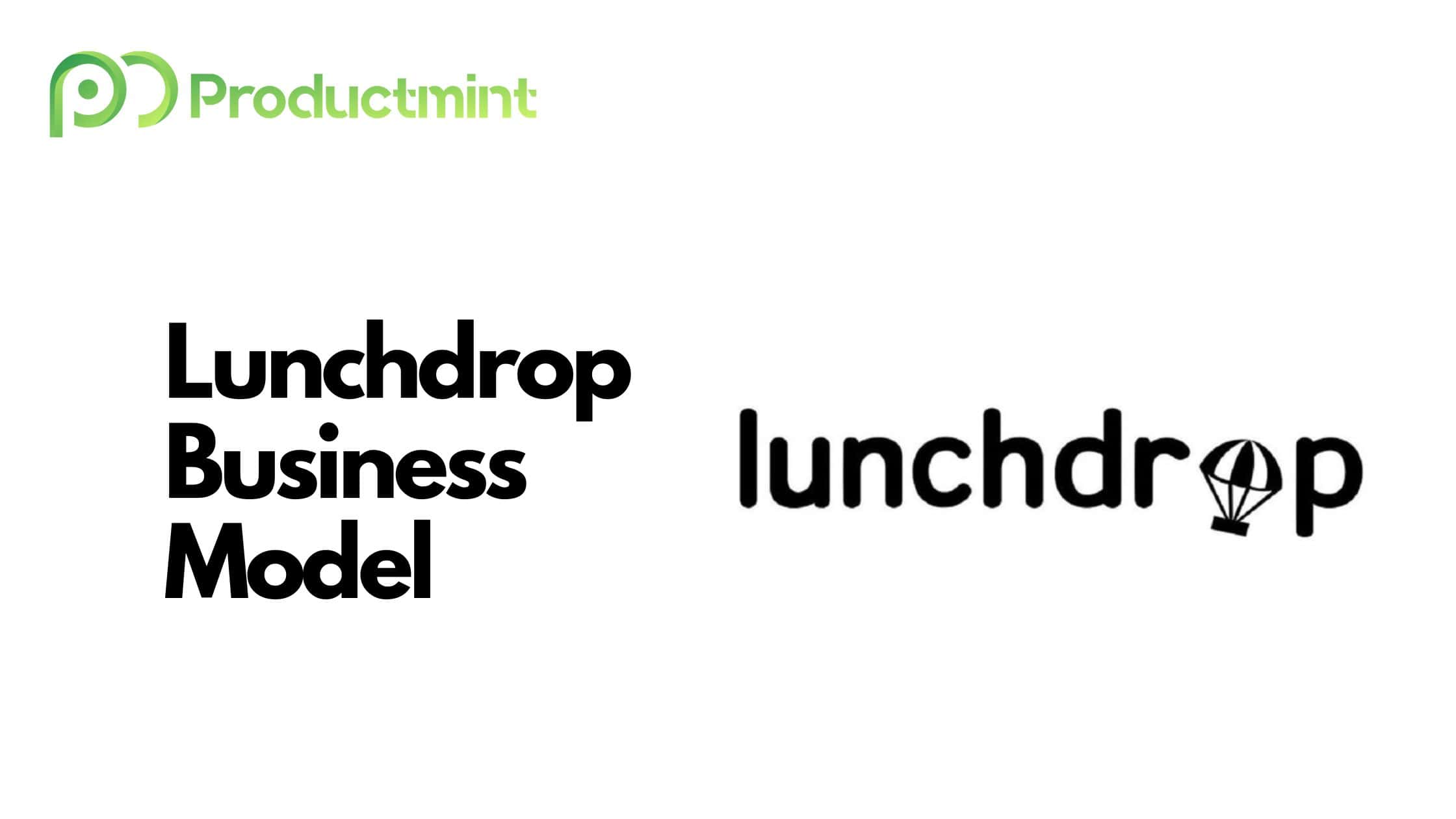Executive Summary:
Lunchdrop is a food delivery service that provides packaged meals to corporate clients as well as individual consumers.
The company makes money by taking a cut from the revenue that its various restaurant partners generate.
What Is Lunchdrop?
Lunchdrop, which is headquartered in Austin, Texas, is a food delivery service that provides packaged meals to corporate clients.
Those packaged meals are normally delivered to offices across the entire United States. Naturally, most of Lunchdrop’s clientele resides in Texas.
Furthermore, hundreds of world-renowned companies, such as Amazon, Dell, IBM, Oracle, and Yeti, are customers of Lunchdrop.
Companies aren’t the only ones who can order from Lunchdrop, though. Individual customers can also get their meals delivered without minimum order sizes or even delivery fees.
The food itself is actually not made by Lunchdrop but by the dozens of local restaurant partners that it works together with.
One of the only caveats when ordering from Lunchdrop is that the meal needs to be ordered before 10:30 am each day. Lunchdrop will then text you when the meal arrives.
Meanwhile, drivers are either hired by the restaurant itself or by Lunchdrop, which then dispatches them to those very same restaurants for order picking.
From time to time, Lunchdrop also offers pickup services for select offices from specifically designated restaurants.
How Does Lunchdrop Make Money?
Lunchdrop makes money by taking a percentage cut from every order facilitated through its platform.
As I’ve stated above, Lunchdrop is not responsible for cooking the food it sells. Instead, it works together with local restaurants that then sell on its platform.
However, the fact that Lunchdrop has been around since 2017 and is not funded by outside venture money indicates that the model is profitable.
Contrast this with delivery companies like Uber that remain highly unprofitable despite their network effects and billions in funding.
On top of that, Lunchdrop does not charge any delivery fees nor does it mark up prices unreasonably. The company also doesn’t offer any costly subscriptions.
Interestingly, Lunchdrop claims that it offers the lowest prices among competing platforms. It even promises customers to adjust prices if they find a cheaper offer somewhere else.
Instead, Lunchdrop likely just receives a small commission (I would assume in the single-digits or low double-digits) for every order.
With that commission, it can afford to pay the driver who then delivers the order. Lunchdrop has adopted a few strategies that likely allow it to operate profitably despite having to pay delivery personnel.
First of all, orders can only be made before 10:30 am. And Lunchdrop can furthermore determine at which time (within the lunchtime period) it delivers an order.
This enables the firm to efficiently pool all of those orders and assign them to drivers based on factors such as the distance between the restaurant and the customer or how long the food stays fresh.
Another contributing factor is its clientele. Lunchdrop mainly serves corporate customers, which often order dozens of individual meals. Again, those meals can be efficiently pooled together.
This leads to another competitive advantage: satisfied drivers. Reviews indicate that Lunchdrop drivers are generally satisfied with their pay and schedule, which they can set as they please.
And since Lunchdrop technically operates a three-sided online marketplace where it connects customers with restaurants and drivers, it needs to ensure that all involved parties benefit.
Plus, considering that drivers for platforms like DoorDash or Uber regularly protest, having satisfied drivers leads to greater retention and an overall happier workforce.
Lastly, Lunchdrop also seems to remain focused on serving a few selected metro areas like Austin. By not expanding too fast, the company can ensure it reaches profitability in each locality before moving on.
All of these tactics have enabled Lunchdrop to become one of the fastest-growing brands in the United States – at least according to Lunchdrop.
